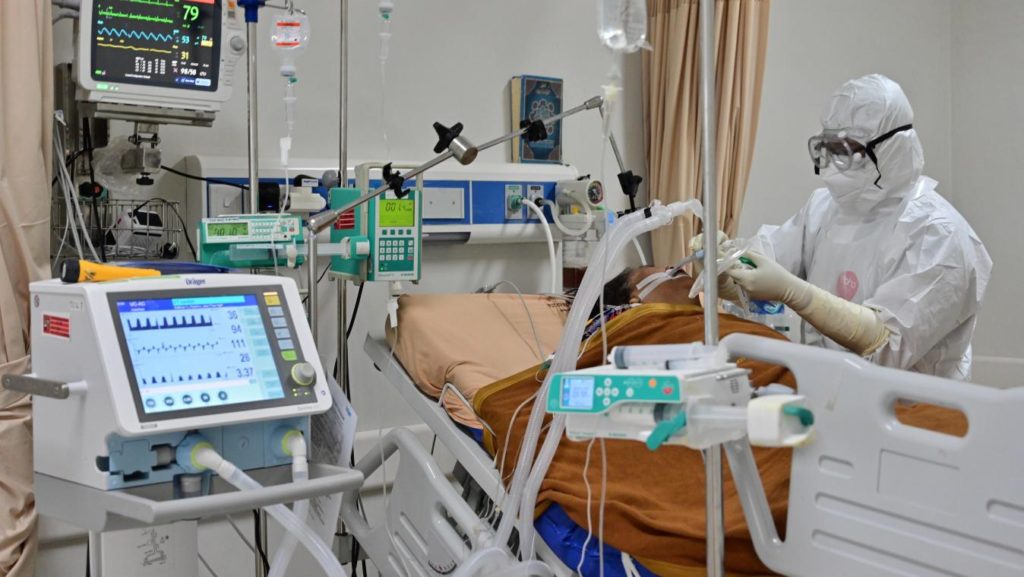The coronavirus reproduction rate in Belgium is nearing 1.0 again while other coronavirus indicators continue to drop slowly, according to the latest figures published by the Sciensano public health institute on Wednesday.
Between 29 November and 5 December, an average of 2,154 new people tested positive per day over the past week, which is a 7% decrease compared to the week before.
The total number of confirmed cases in Belgium since the beginning of the pandemic is 594,572. The total reflects all people in Belgium who have been infected, and includes confirmed active cases as well as patients who have since recovered, or died as a result of the virus.
Over the past two weeks, 272 infections were confirmed per 100,000 inhabitants, which is a 45% drop compared to the two weeks before.
Between 2 and 8 December, an average of 192.7 patients was admitted to hospital, down 6% from the week before.
Related News
- Belgium's Consultative Committee will meet early on 18 December
- Relaxations over Christmas would start Belgium's third wave, warns Van Ranst
- Lockdown partygoers in Wallonia busted after setting off fireworks
In total, 3,143 coronavirus patients are currently in hospital, or 133 fewer than yesterday. Of all patients, 676 are in intensive care, which is 47 fewer than yesterday. A total of 448 patients are on a ventilator – 26 fewer than yesterday.
From 29 November to 5 December, an average number of 102 deaths occurred per day, marking a 19.4% decrease compared to the week before.
The total number of deaths in the country since the beginning of the pandemic is currently 17,507.
Since the start of the pandemic, a total of 6,145,774 tests have been carried out. Of those tests, an average of 29,772. were taken per day over the past week, with a positivity rate of 8.6t%. That means that fewer than one in ten people who get tested receive a positive result.
The percentage went down by 1.1% compared to last week, along with a 1% increase in testing.
The reproduction rate, finally, has risen to 0.97. That rate (Rt) is the rate at which the virus spreads. If it rises above 1.0 again, it would mean that a person infected with coronavirus infects more than one other person on average and that the pandemic would be growing again.
Jason Spinks
The Brussels Times

